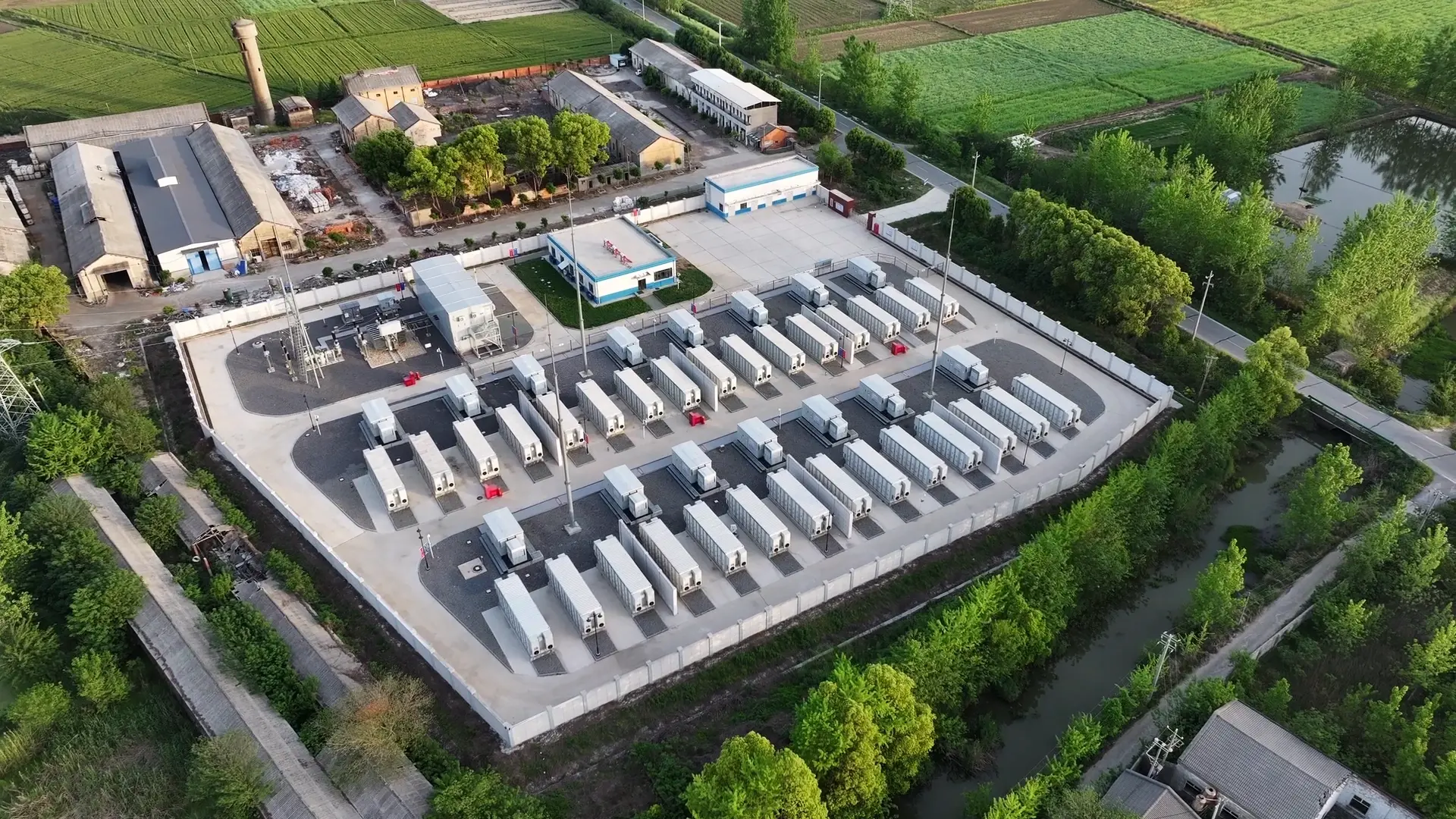Banking and financial institutions operate some of the most sensitive IT environments in the world. Trading platforms, payment processing systems, ATM networks, core banking servers, and regulatory data storage all require uninterrupted power — even a few seconds of downtime can lead to financial losses, compliance risks, and customer disruption.
Because of this, UPS battery systems in financial data rooms demand a higher level of reliability, stability, and intelligence compared to general commercial facilities. This article outlines the essential design considerations for selecting or deploying UPS batteries in banking and financial environments.
Why Power Protection in Banking Is Different
1. Zero Tolerance for Downtime
Banks must ensure continuous operation of:
● Real-time transaction systems
● Clearing & settlement platforms
● ATM networks
● Security surveillance and access control
Any power interruption can cause failed transactions, financial disputes, and reputational damage. UPS batteries must deliver stable, instantaneous backup power every time.
2. Strict Regulatory Compliance
Financial data rooms often follow standards such as:
● ISO 27001
● PCI DSS
● National cybersecurity requirements
These frameworks directly influence battery design choices such as safety certifications, monitoring capabilities, and maintenance traceability.
3. 24/7 Operation With Heavy Load
Unlike enterprise offices, financial facilities run non-stop with predictable peak hours. Batteries must support continuous charging/discharging cycles without performance degradation.
Key UPS Battery Design Considerations for Banking & Financial Data Rooms
1. High Reliability and Safety Certifications
UPS batteries used in financial environments must carry:
● UL1973 / IEC62619 for lithium systems
● UL1989 for VRLA
● UN38.3 for transportation safety
● Flame-retardant enclosures
● Advanced cell protection mechanisms
These certifications ensure that the battery system meets global safety expectations for mission-critical facilities.
2. Stable Performance Under High Discharge Conditions
Financial systems must stay online long enough for safe backup operations or generator transfer. Batteries must:
● Maintain stable voltage during high load
● Support 0.5C–1C discharge for dense racks
● Avoid capacity loss under frequent discharge events
Lithium batteries generally outperform VRLA in voltage stability and rate capability, especially during sudden load spikes from servers or storage units.
3. Predictable Backup Time and Runtime Accuracy
Banks require highly accurate autonomy calculations to ensure system continuity.
● This means the battery must have:Low internal resistance
● Predictable discharge curves
● Aging models or SOH tracking for runtime prediction
A smart BMS significantly improves prediction accuracy over VRLA systems.
4. Smart Monitoring and Centralized Management
Financial data rooms usually integrate all power devices into a centralized management platform.
● UPS batteries should support: Remote monitoring (SOC/SOH)
● Event logs and fault alarms
● Compatibility with CAN/RS485/SNMP
● Battery-level data for audits or compliance
This improves traceability and helps IT teams identify risks before failures occur.
5. Long Lifespan to Minimize Maintenance Interruptions
Frequent battery replacement is costly and disruptive for financial environments.
● Lithium batteries offer:10–15 years lifespan
● Higher cycle life
● Lower total cost of ownership (TCO)
● Reduced cooling demand
VRLA may still be used in legacy systems, but long-term reliability favors lithium solutions.
6. Space Optimization in Urban Data Rooms
Financial data rooms often sit in:
● Downtown office towers
● Branch locations
● High-density campuses
Space is at a premium, making lithium’s higher energy density a major advantage:
● More backup time in the same cabinet
● Smaller footprint
● Easier scaling as computing demand grows
7. Integration With Emergency Power or Generators
Many banks pair UPS systems with:
● Diesel generators
● Microgrids
● Battery-based backup systems
UPS batteries must:
● Support frequent transitions
● Recharge quickly after generator startup
● Handle rapid fluctuation without stress
Fast-charging lithium systems ensure the UPS is ready for repeated outages.
8. Fire Safety & Thermal Management
Financial facilities have strict fire codes. Battery systems must include:
● Over-temperature protection
● Thermal runaway prevention
● Automated shutdown mechanisms
● Proper spacing and airflow
● FM/UL flame-retardant materials
Lithium systems with high-quality BMS significantly reduce thermal risks.
How Modern Lithium UPS Batteries Enable Banking Continuity
Advanced lithium UPS battery solutions offer:
● High-rate discharge for dense server loads
● Fast recharge for repeated outages
● Stable voltage to protect sensitive systems
● Long lifecycle to avoid maintenance downtime
● Remote monitoring for regulatory compliance
● Compact design for urban branches or trading floors
These features align closely with the needs of financial IT infrastructure.
Conclusion
UPS battery design in banking and financial data rooms requires high reliability, safety, and intelligence. As financial systems become increasingly interconnected and sensitive to power fluctuations, selecting the right battery technology is crucial.
Lithium UPS batteries offer advantages such as long lifespan, advanced monitoring capabilities, and high energy density, making them a strong option for banks upgrading facilities or building new data rooms.
A well-designed UPS battery system — whether lithium or lead-acid — ensures uninterrupted transactions, protects critical data, and supports long-term operational stability across all financial services.




























 2025-11-19
2025-11-19 Name
Name Tel
Tel Email
Email Country
Country Company
Company Information
Information